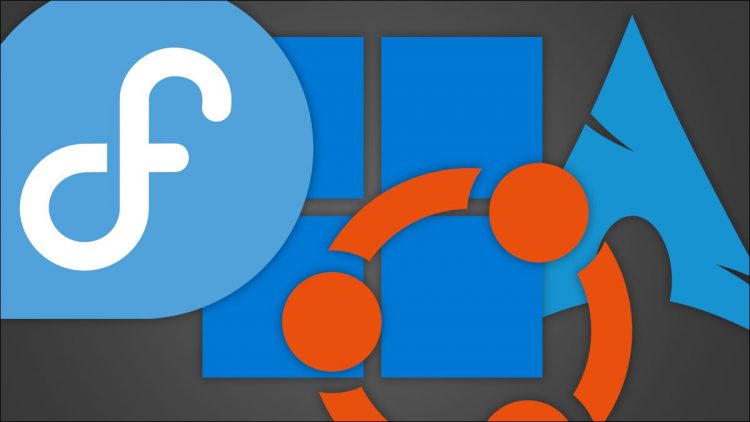Dual-booting is one way to install multiple operating systems on the same computer. Unfortunately, Windows is making the practice more difficult than ever.
Dual-booting (and triple-booting, and so on) involves splitting a storage drive into multiple partitions, with one operating system on each partition, and a boot loader that allows you to choose between each operating system at startup. In some cases, each operating system needs other smaller partitions at least one or two other partitions (such as a swap area for Linux-based operating systems). The method is commonly used by people who want to use Linux, but still need to keep Windows around for software or other tasks that are incompatible with Linux.
Windows has never worked all that well with dual-booting — depending on the setup, it can sometimes overwrite a custom bootloader with its own when updating, or cause other problems. More recently, the BitLocker disk encryption scheme in Windows has been a headache for dual-booting, since the contents of an encrypted disk aren’t accessible unless they are unlocked first, which requires a backup key or starting up Windows.
Microsoft says in support pages that “modern Windows devices are increasingly protected with BitLocker Device Encryption out of the box,” and some PCs even store BitLocker keys in the TPM module. The developers of Fedora Linux have been discussing why that’s a problem on the project’s mailing list, saying “the Bitlocker encryption key is unsealed only if the boot chain measurement by the TPM matches the expected values in a TPM PCR. When shim+GRUB are in the boot chain, as is the case in our default dual boot installation, the measurements are wrong, and this means the GRUB menu entry to boot Windows won’t work. The user is dropped to a Windows Bitlocker recovery page.”
Ubuntu, another popular Linux distribution, has also noted problems with BitLocker disk encryption. A support article says, “If you are using BitLocker, the hard drive contents will not be accessible, and they will appear as random noise. This means that the Ubuntu installer cannot correctly map data, and the additional installation cannot be safely performed without data loss.”
Even though BitLocker is a great security feature, it’s clear Microsoft isn’t making it easy for other operating systems to exist on the same drive. At this point, the easiest solution is to not use dual-boot at all — consider adding a new drive to your PC and sticking to one operating system per drive. That’s not always an option, since many laptops don’t have room for an extra drive (or even the ability to replace the original drive), but it’s worth considering whenever possible. You could even install operating systems to a fast external SSD. With a USB 3.0 or Thunderbolt connection, you shouldn’t notice much of a speed difference.
The solution to conflicting software should never have to involve buying more hardware — you own your computer, so you should be able to use whatever operating systems you want. Unfortunately, without more cooperation between Microsoft, PC manufacturers, and Linux developers, it’s becoming harder for Linux (and other systems) to co-exist with Windows. Meanwhile, Linux support on Apple’s new ARM-based Mac computers is still in the early stages.
If you plan on using Linux on a PC all of the time, instead of constantly switching back and forth between Windows, one of the best Linux laptops might be worth considering. Deleting Windows entirely from a PC that shipped with Windows also works, but computers built for Linux often have fewer driver problems. The Dell XPS 13 Plus is now certified for Ubuntu 22.04 (and optionally ships with it), and HP just released the ‘Dev One’ in partnership with System76, the developer of Pop!_OS Linux.
Source: Fedora Project
Via: Phoronix
Source by www.howtogeek.com






























